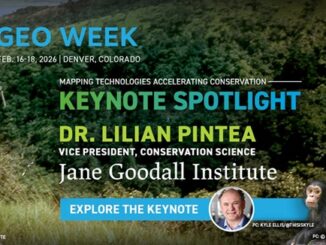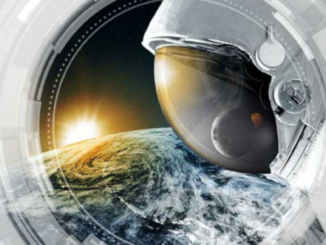When I considered what to write about women in the geospatial world, from my perspective, I was stymied. I am both a geographer and a teacher (first in the school system, and then in university). Also as someone who evolved with the feminist movement, I thought a look back at my perceptions on the journey would give a woman’s view.
I am unapologetically inately spatial and artistic. Gardner’s spectrum of multiple intelligences confirms this. I’m sure a lot of you, both male and female, will smile when I say I always had my nose in an atlas from a very early age. My favourite views of the world are from space. However, in school I was never encouraged to be anything but a teacher, social worker, nurse – the ‘traditional’ careers for women.
After enrolling at Memorial University to become a teacher, and completing some geography courses, I was really hooked. But most of the my classes were filled with fellow teachers-in-training fulfilling requirements for electives. Geography, at that time, was viewed generally as a course you took in school.
I started teaching but it wasn’t enough. I decided to return and get a geography specialization. By that time, things had changed. I don’t think women have ever been restricted in the geography fields that I encountered. I considered then and now that Memorial has the best department on campus for inclusion, acceptance, and encouragement. It is characterized as one happy family passionately pursuing learning. Being a woman was never a factor.
When I decided to learn GIS, I was in a minority, but I was always treated with equal respect. All of the people who supported my initiative of bringing GIS to schools in Newfoundland were male.
What I was able to do as a teacher was nuture geographic skills and knowledge in my students. Unfortunately, the system itself was still very restrictive. Geography was not seen as of any value, and some of the high schools into which my students were feeding classified geography as a “non-academic” course.
Geography is also not seen as of any value in many university education faculties where it is often taught by non-geographers as part of “Social Studies”. So there is a problem nurturing geospatialists in the school system, and this is denying career opportunities to many. How can you pursue careers you know nothing about?
The point I am trying to make is that despite these obstacles, some of my best and brightest students went on to study geography and to complete GIS training because of my efforts.
So, what about women in geospatial careers? I think it is not a gender or equality issue, I think it is a system failure. It would be interesting to hear the rationales of how the current array of women in the field found their way to that career choice. Was it in response to that inate intelligence, was it a passionate teacher, or was it strong career counseling?
To further the right choices of all our students and future practitioners we need an increased continuous presence and a sustained demand for government, public, and industry support to fuel a radical change in how geography, and by extension, geospatial technologies are perceived and valued as a key component in our society.
There have been several interesting posts on GoGeomatics and some movement in different organizations to address this. I invite contributions to this critical dialogue and call on all ‘geogeeks’ to unite on common ground and support this momentum for change in whatever way you can with sharing viewpoints, time, money, and expertise unreservedly. Go Geomatics!





Be the first to comment